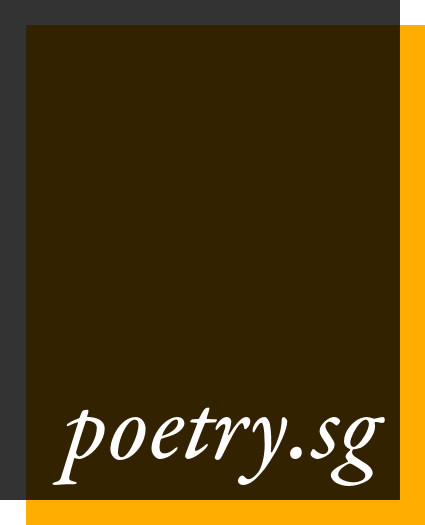Mohamed Latiff Mohamed (1950–2022)
1. BIOGRAPHY
2. CRITICAL INTRODUCTION
3. SELECTED PUBLICATIONS
4. SELECTED POEMS
Impian [Dreams]
Di kota ini [In This City]
Bangsaku di hari lahirku [My People, My Birthday]
Potret Singapura [Portrait of Singapore]
5. SELECTED VIDEOS
6. DEAD POETS’ SOCIETY: “Too Young”
FEATURES / DEAD POETS’ SOCIETY
Written by Samuel Lee
Dated 31 Oct 2023
Mohamed Latiff Mohamed is one of Singapore's most important poets. Active in the 1960s, a formative decade for present-day Singapore and Malaysia, Mohamed Latiff witnessed and expressed in his own visionary way the struggles, desires, and longing within Malay society. Reading his poetry in 2023, I get a strong sense of the deep reserves of feeling that he had for the pressing social and cultural questions of the day, which I enjoy for its distinct ambiance of the past. But there's also much to learn from his approach to poetry—the idea that the poet needs to be a kind of conscience for society, surfacing everyday injustices as well as the dreams of a people.
One of my favourite poems of Mohamed Latiff is “Di kota ini [In this city]”, a peculiar piece in which the persona describes the pleasures of urban experience in 1980s Singapore as “trash / on the ocean’s surface.” Many poems have been written comparing two Singapores past and present. This particular one stands out to me for its honesty and ambivalence about Singapore’s pre-independence decades, described from the vantage point of a time that is—to us—now past. I find the poem’s self-reflexivity about the nostalgic mode of writing quite instructive, too. The longing for old Singapore, a familiar theme in the wonderfully ponderous national literature of this decade, is a “bleakness” if not for the remembrance of workers’ movements and the sense of a future written into banners and campaign songs. It draws me back to the sociopolitical stakes of culture, which rubs up against the rationality of modern governance and demands of us to apprehend the poetic life of the city.
For my response, I made as a point of departure Lim Hak Tai’s painting, Riot (1955), which was a contemporaneous response to the episode of “bus drivers / screaming with banners in their hands” referenced in Mohamed Latiff’s piece. In writing this piece, I realised that it was necessary to metabolise the language of the original, testing out its cutting and observational qualities in images, paticularly that of youth and disenchantment, that could still speak to us today.
•
Too Young
In the painting of the riot
I saw all the wisdom of the city
crystallising before me
like the frescoed wall
of a cave tomb,
fixed my sight
on three quadrilaterals
in beige, grey, pink.
Reading brute pigment
as arm, banner,
face, I searched anxiously
for the certainty that
if there was calamity,
there was also the grand
release of energy, a signature
of time that had something true
to say. I am too youngfor this city. It makes me feel
like a fool, carrying
a bag of sticks to beat out
images from its walls.
That I should long
for the scolding mouth
of yesterday’s river, washing
the island and dragging
the trash out after itself—
I am too young for this city.In lieu of memories,
I was given murals. The street
opera troupe performing
without its street, the kopi cups
forcibly retired, the procession
of deities marching down
lane after lane: no more
sound, no more end.


